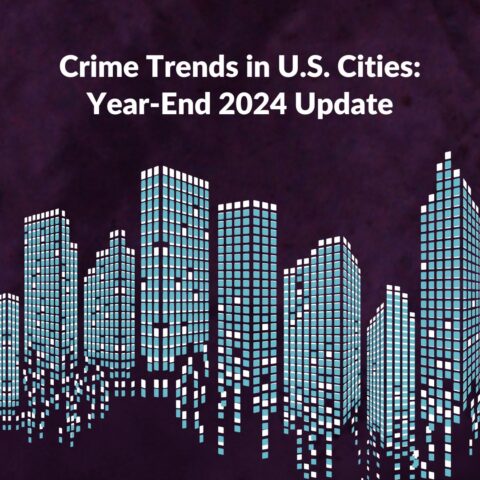By Marc A. Levin and Khalil A. Cumberbatch
When it comes to critical race theory, strong opinions abound. Proponents declare that it’s “the only way we hold the devil at bay,” while the conservative Heritage Foundation insists that its embrace would “destroy our military.”
Recently, the amorphous concept has stirred growing debate not just in the world of education policy but also in the national conversation over criminal justice reform. For example, CRT has been associated with the movement to abolish prisons that, taken literally, lacks any international analog even among oft-cited Scandinavian countries that still incarcerate to a low degree. Regardless of one’s position on CRT, we must acknowledge the influence of racism on our justice system while also recognizing our progress on narrowing racial disparities. Above all, we must not allow controversy over CRT to throw us off the bipartisan path toward better safety and justice for all.
The sudden firestorm over critical race theory has been jarring, since it was obscure until a year ago, when critics held a megaphone that connected the faculty lounges of academia to the front lines of the culture wars. The uproar stems, in part, from concerns that CRT might be used to justify reparations and other policies that would require expanding government and redistributing wealth. Yet in criminal justice, a major reason the right and the left have united on many reforms is that changes such as reining in drug sentencing laws, ending civil asset forfeiture, and expanding compassionate release involve shrinking the size and cost of government. Unlike redistributing resources, enacting these policies is not a zero-sum game in which some gain while others lose by an equal amount.



